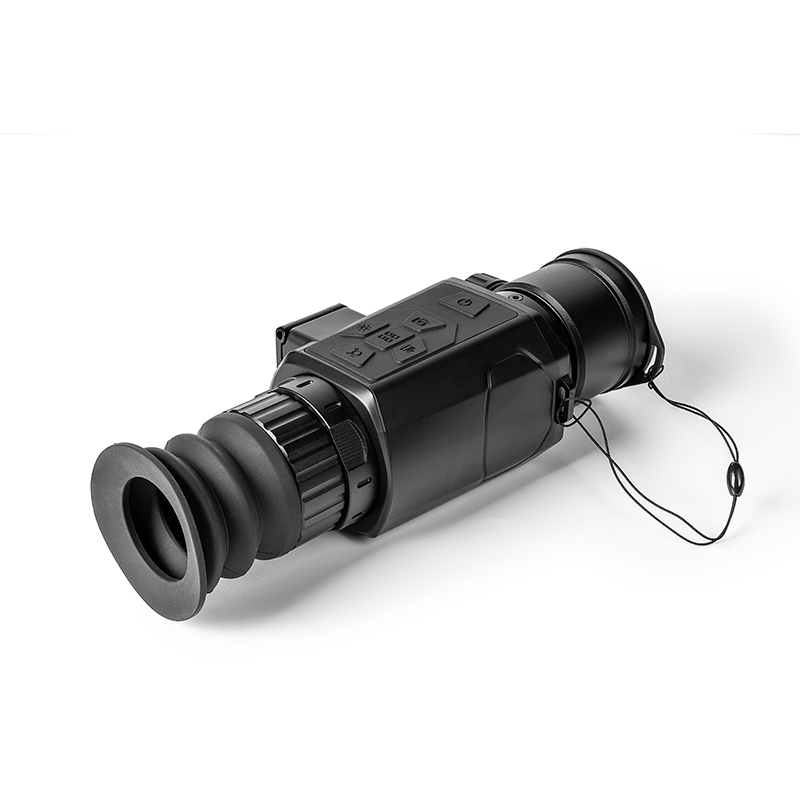Key features and components of a thermal imaging night vision sight
2023-10-17
A thermal imaging night vision sight, also known as a thermal scope or thermal weapon sight, is a device that uses thermal imaging technology to detect and visualize the heat emitted by objects and living beings. Unlike traditional night vision devices, which rely on ambient light or infrared illumination, thermal imaging works in complete darkness and across various lighting conditions. Here are the key features and components of a thermal imaging night vision sight:
1. Thermal Sensor: The core component of a thermal imaging sight is the thermal sensor, often based on technologies like microbolometers or quantum well infrared photodetectors (QWIPs). These sensors can detect minute temperature differences and convert them into a visual image.
2. Image Processing: The thermal sensor captures heat signatures and converts them into a digital image. Advanced image processing algorithms enhance and display these thermal images on the sight's screen. Users can often adjust settings such as color palettes, image polarity (white hot or black hot), and image contrast.
3. Display: A high-resolution display, typically an OLED or LCD screen, is used to show the thermal images in real-time. The quality and size of the display are essential for providing a clear and detailed view.
4. Magnification: Many thermal imaging sights come with variable magnification options, allowing users to zoom in on distant targets for better identification.
5. Digital Features: Some thermal scopes offer additional digital features like digital zoom, image and video recording, image stabilization, and rangefinding capabilities.
6. Reticle: A reticle (crosshair) is often overlaid on the thermal image to help users aim accurately. Some sights allow for customizable reticle styles and colors.
7. Battery Life: Battery life is crucial for thermal imaging devices, especially when used in the field. Users should consider the duration the sight can operate on a single charge or with replaceable batteries.
8. Durability: Thermal imaging sights are typically designed to be rugged and weather-resistant, as they are commonly used in outdoor and tactical applications.
9. Mounting Options: These sights are often designed to be mounted on firearms or other equipment, making them suitable for hunting, security, surveillance, and military applications. Mounting systems can vary depending on the intended use.
10. Detection Range: The effective detection range of a thermal imaging sight depends on factors like sensor quality, lens size, and environmental conditions. Some sights can detect heat signatures at distances of several hundred meters or more.
Thermal imaging night vision sights are highly versatile tools that have a wide range of applications, including hunting (locating animals), search and rescue operations, surveillance, border security, and military use. They excel in scenarios where traditional night vision technologies may fall short, such as when targets are obscured by foliage or smoke, or when they don't emit visible light.



